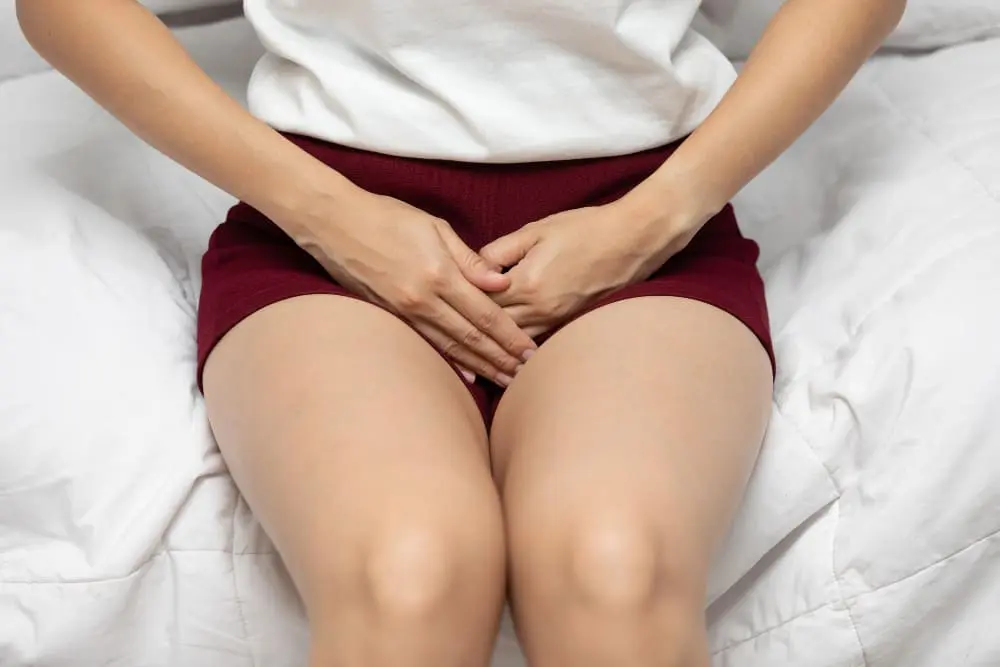Vaginal boils, often medically termed as Bartholin’s gland abscesses, can be uncomfortable and distressing. While they might seem alarming, they’re generally treatable. Let’s delve deeper into the causes, symptoms, and management of these bothersome bumps.
1. What are Vaginal Boils?
The Bartholin’s glands are two small glands located on either side of the vaginal opening. They produce a fluid that helps lubricate the vagina. When the duct of one of these glands becomes blocked, it can lead to a buildup of fluid, forming a cyst or abscess. This is what we commonly refer to as a vaginal boil.
2. Common Causes of Vaginal Boils
- Blocked Bartholin’s Gland Duct: As mentioned, the most common cause is a blockage in the duct of the Bartholin’s gland. This can happen due to inflammation or a buildup of mucus.
- Bacterial Infection: Bacteria can enter the blocked gland and cause an infection, leading to a painful abscess. Common culprits include Staphylococcus and Streptococcus bacteria.
- Sexually Transmitted Infections (STIs): While less common, STIs like gonorrhea or chlamydia can sometimes lead to inflammation and blockage of the Bartholin’s gland.
- Cysts: A non-infected fluid-filled sac can form in the Bartholin’s gland. While often painless, it can become infected and develop into a boil.
- Injury: Trauma to the vaginal area, such as from childbirth or surgery, can damage the Bartholin’s glands and increase the risk of infection.
- Immune System Disorders: Conditions that weaken the immune system can make you more susceptible to infections, including vaginal boils.
- Hormonal Changes: Fluctuations in hormone levels, especially during pregnancy or menopause, can affect the Bartholin’s glands and increase the risk of blockage.
3. Symptoms of Vaginal Boils
Symptoms of a vaginal boil can vary depending on its severity. They may include:
- A painful lump near the vaginal opening
- Swelling and redness around the lump
- Difficulty sitting or walking due to discomfort
- Fever
- General feeling of unwellness
- Itching or burning sensation in the affected area
- Discharge from the boil
It’s important to note that not all lumps in the vaginal area are boils. Other conditions like cysts, ingrown hairs, or even skin tags can cause similar symptoms. If you’re experiencing any discomfort or unusual changes in your vaginal area, it’s always best to consult a healthcare provider for accurate diagnosis and treatment.
4. Managing Vaginal Boils
While many vaginal boils resolve on their own, some may require medical intervention. Here are some self-care measures that can help manage discomfort:
- Warm Sitz Baths: Soaking the affected area in warm water can help reduce pain and swelling.
- Over-the-Counter Pain Relief: Medications like ibuprofen or acetaminophen can help alleviate discomfort.
- Applying Heat: Applying a warm compress to the area may help reduce swelling.
- Good Hygiene: Maintaining good hygiene in the genital area can help prevent infection.
Important: Avoid trying to drain the boil yourself, as this can increase the risk of infection.
If the boil is causing severe pain, is very large, or shows no signs of improvement after a few days, it’s essential to seek medical attention. Your healthcare provider may prescribe antibiotics to treat the infection or drain the abscess. In some cases, a minor surgical procedure called Bartholin’s gland marsupialization may be recommended. This involves creating a small opening in the gland to prevent future blockages.
5. Preventing Vaginal Boils
While it’s not always possible to prevent vaginal boils, practicing good hygiene and safe sex can reduce the risk. Here are some tips:
- Wipe from front to back: This helps prevent bacteria from the anus from reaching the vagina.
- Wear cotton underwear: Cotton allows your skin to breathe and reduces moisture buildup.
- Avoid douching: Douching can disrupt the natural balance of bacteria in the vagina.
- Practice safe sex: Using condoms can help prevent the spread of STIs.
- Regular Pelvic Exams: Regular checkups with your healthcare provider can help detect any abnormalities early on.
Remember, vaginal health is important. If you’re experiencing any concerns or discomfort, don’t hesitate to consult a healthcare provider. Early detection and treatment can help prevent complications.





